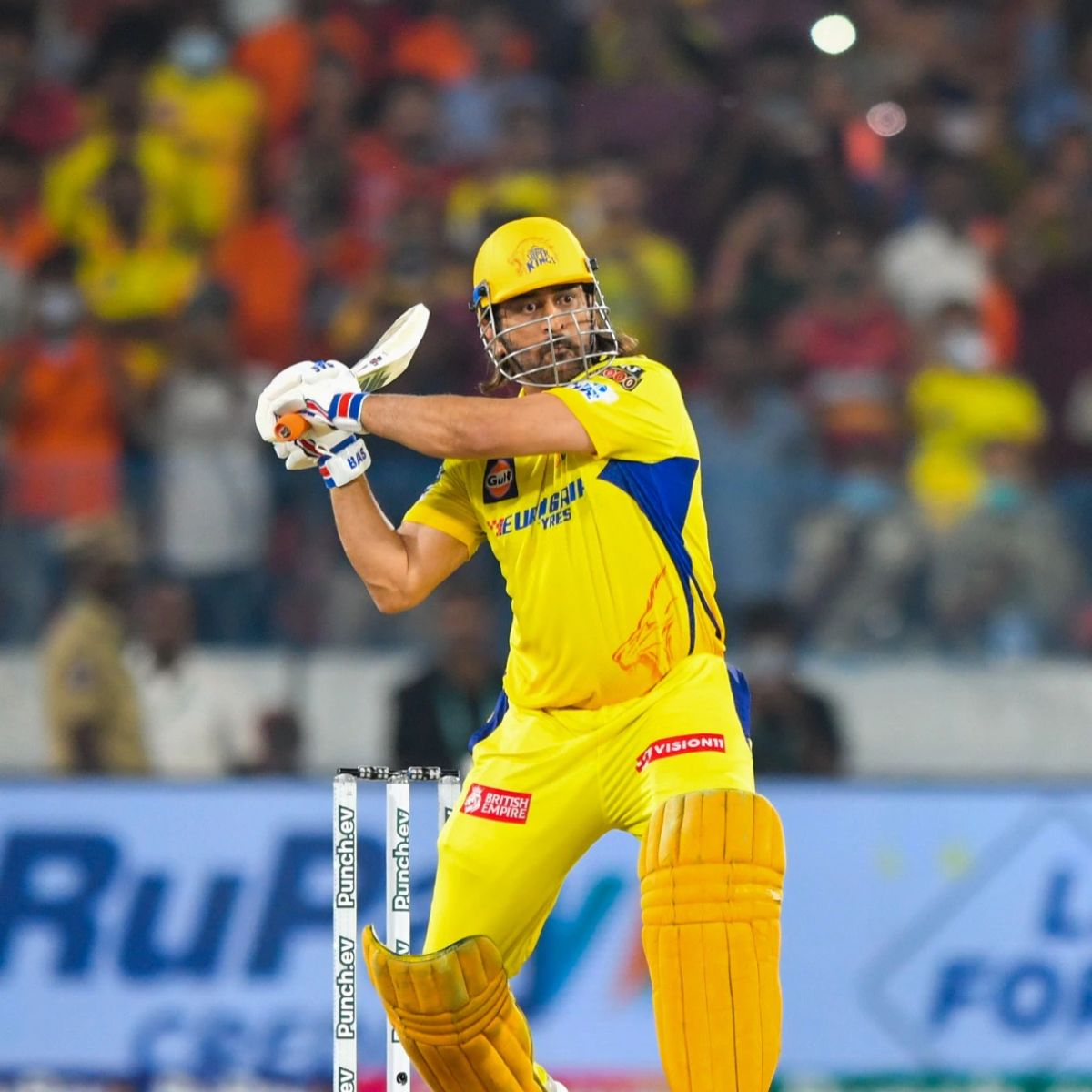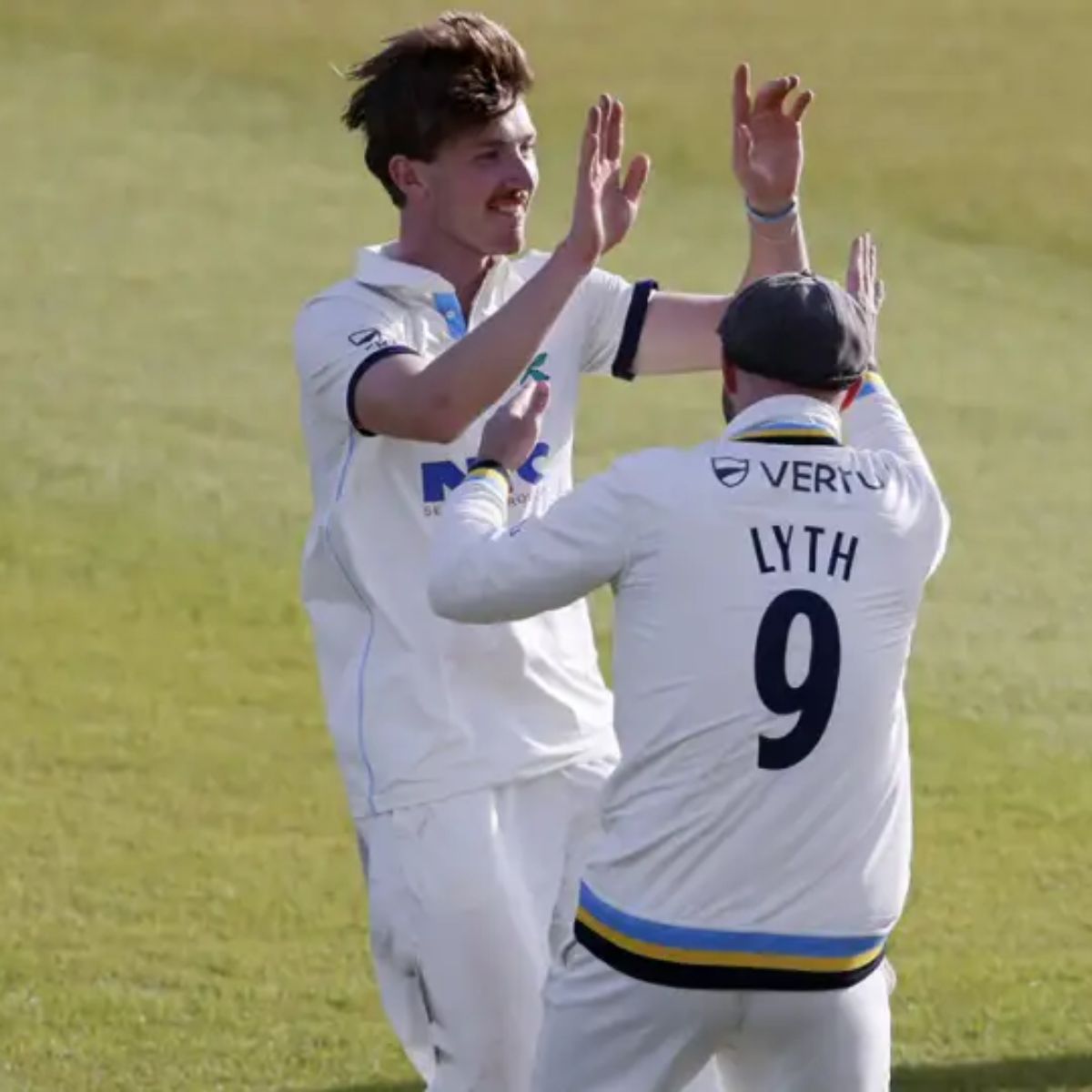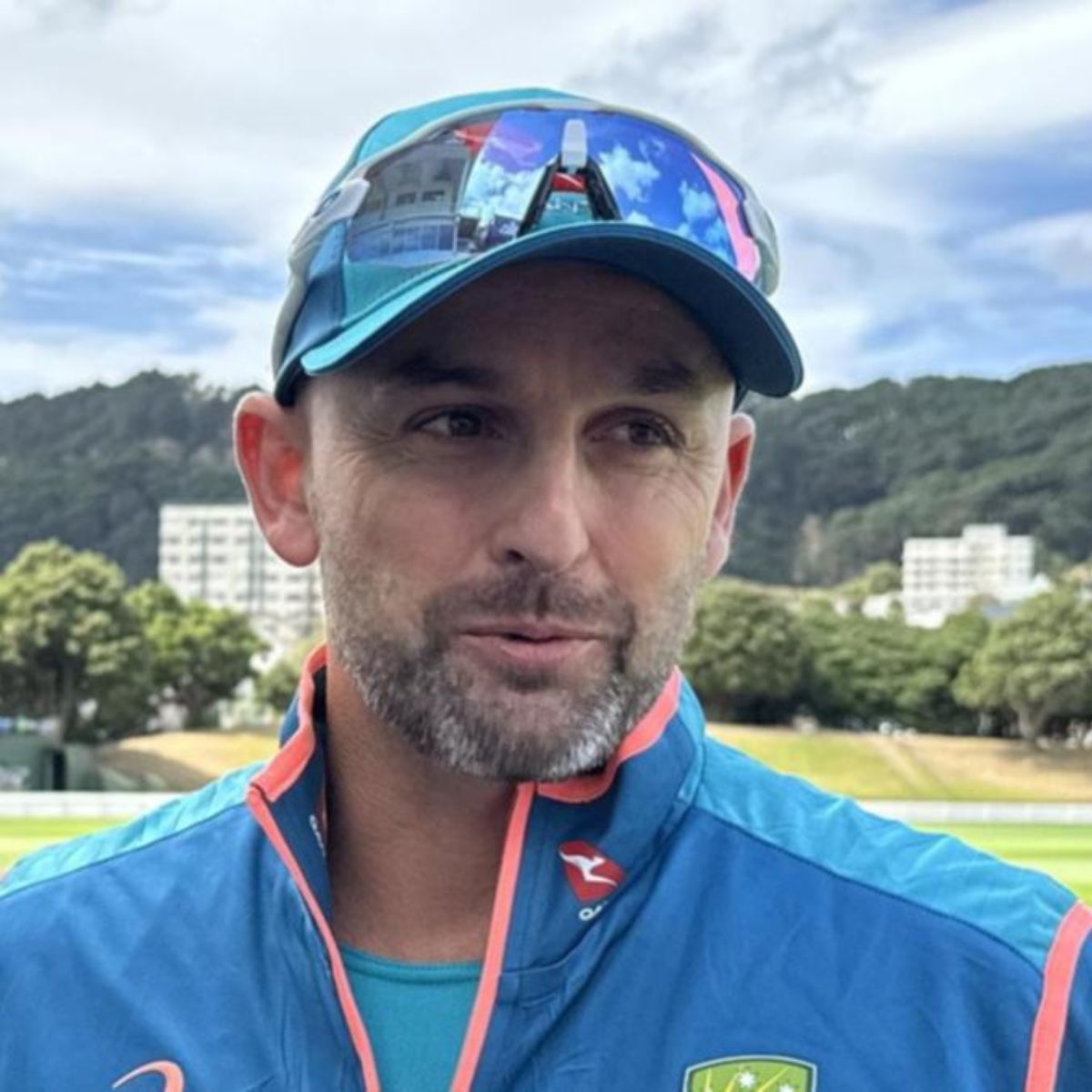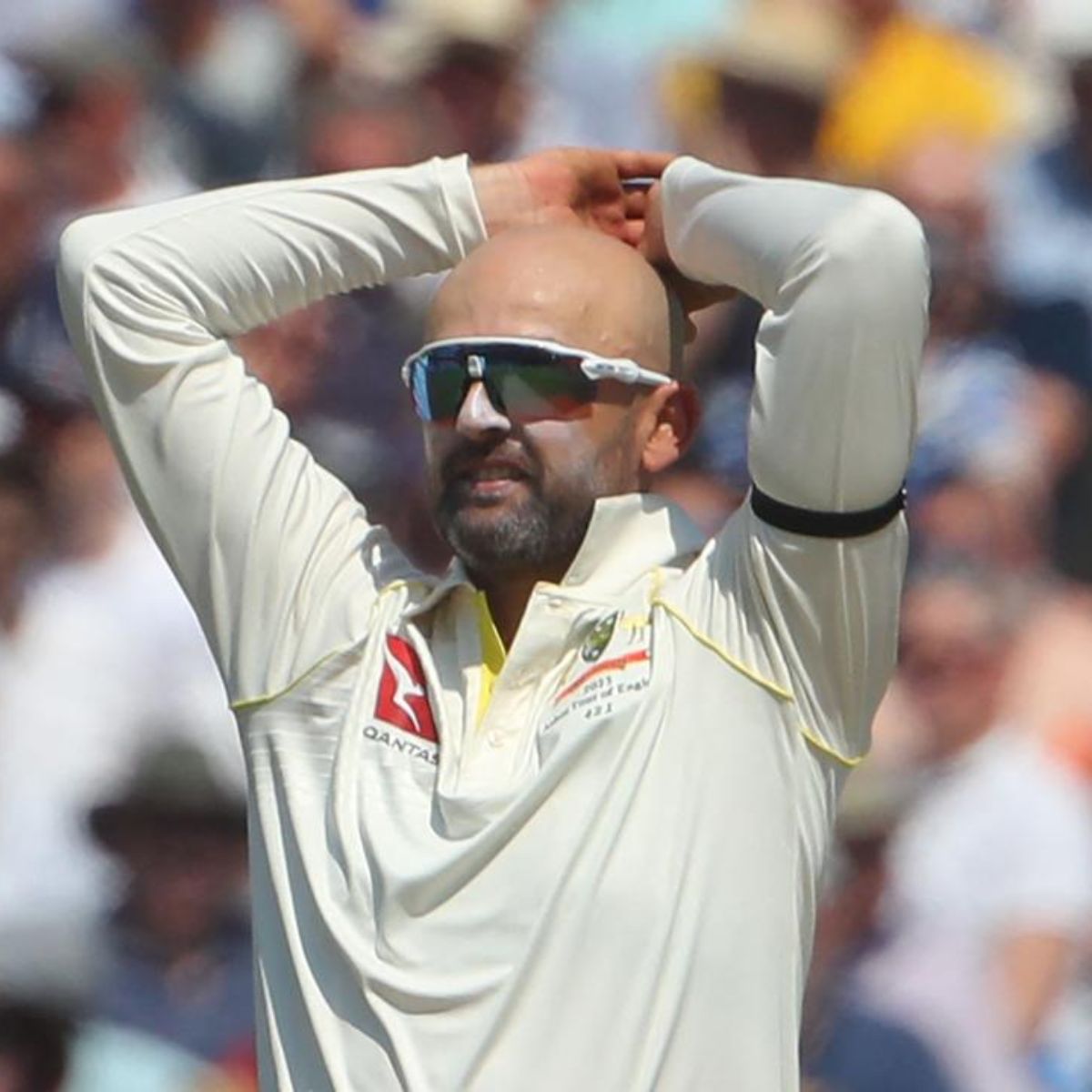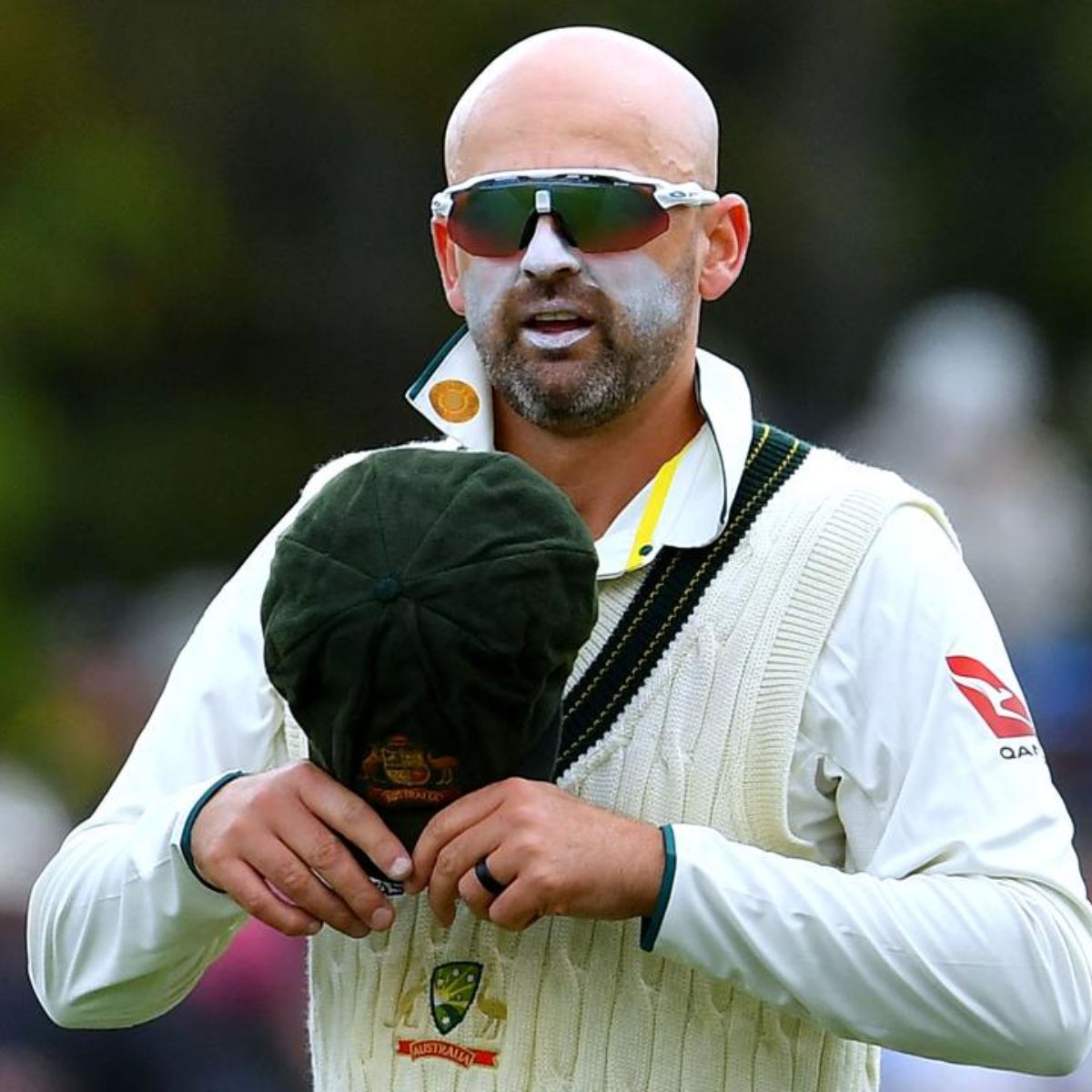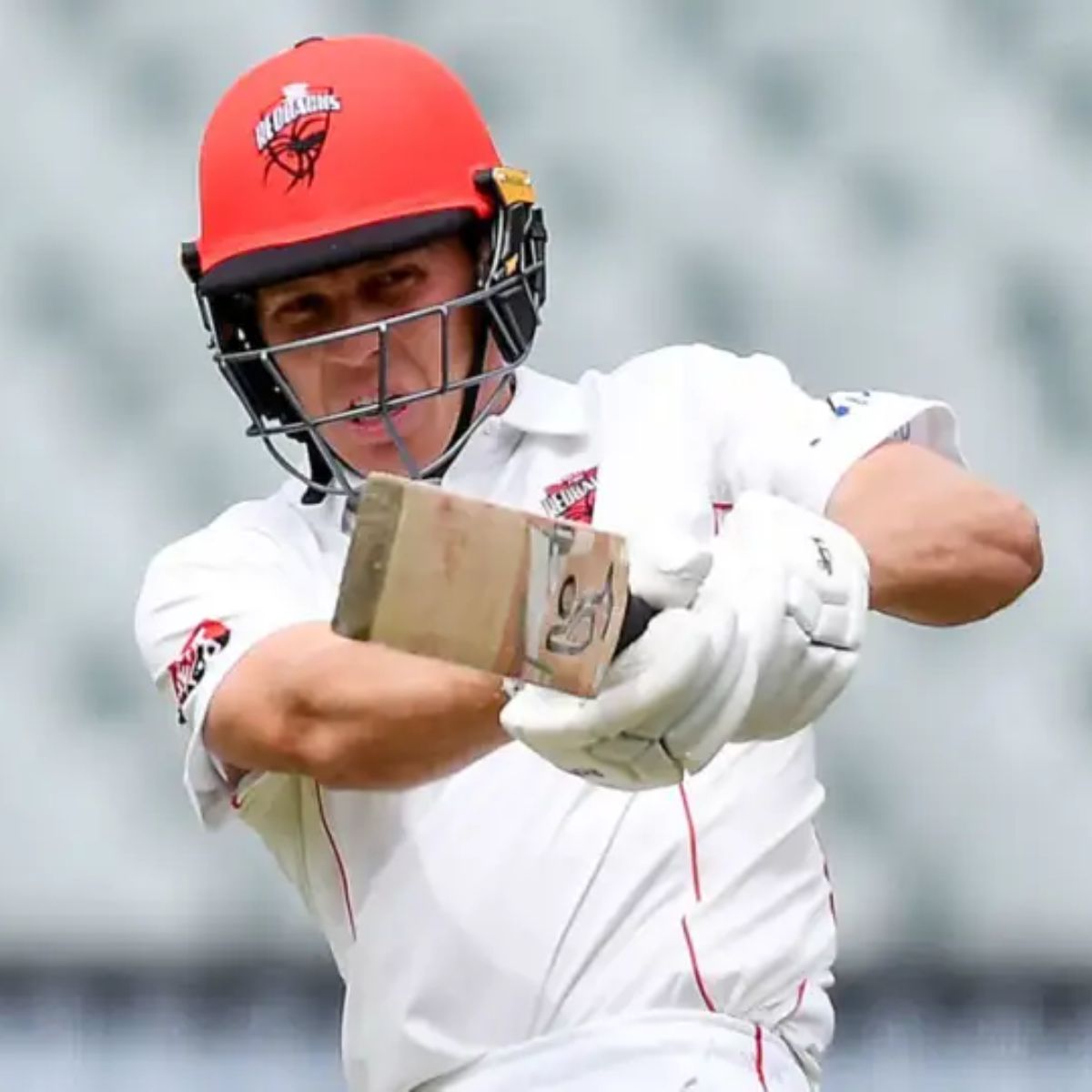/cdn.vox-cdn.com/uploads/chorus_image/image/73104257/img140.0.jpg)
As 1984 dawned, all Chicago Cubs fans knew this about their favorite team:
- They hadn’t made the postseason since 1945, and
- That failure had included some epic collapses in the 1960s and 1970s
- New ownership and management after 1981 had promised “a new tradition,” but…
- The team lost 89 games in 1982 and 91 in 1983.
The Cubs had some good young players, it’s true, but before 1984:
- Ryne Sandberg appeared to be a good-glove, no-hit second baseman. He won a Gold Glove in 1983, but had a .675 OPS and just 15 home runs in 314 games in his first two seasons as a Cub.
- Jody Davis had shown some promise with a 24-homer season in ‘83. At the time it was the most homers by a Cubs catcher since Gabby Hartnett had 37 in 1930.
- Leon Durham had posted a good year with 22 HR in 1982, but regressed to only 12 in 1983. (One of Durham’s home runs in 1983 was caught by me, hit in St. Louis. I still have the ball.)
- The team’s starting rotation as 1984 began was Steve Trout, Scott Sanderson, Dick Ruthven, Dickie Noles and Chuck Rainey.
And one year before 1984, Chicago folk singer and huge Cubs fan Steve Goodman had written this song:
Goodman summed up the frustrations of Cubs fans for the decades of losing that preceded 1984 with that song. It led, indirectly, to Goodman writing the Cubs anthem “Go Cubs Go”, as chronicled by Eric Zorn in the Tribune in 2007:
“‘Dying Cub Fan’ made (new general manager) Dallas Green nuts,” said Dan Fabian, then the program director and head of promotions at WGN Radio, the Tribune-owned station that broadcasts games by the Tribune-owned Cubs. “He said we didn’t need that kind of negativity anymore. He hated the line about ‘doormat of the National League.’ He said that Steve Goodman is no fan of the Cubs.”
The Cubs’ slogan was “Building a New Tradition,” and as part of that, Fabian set out in early 1984 looking for a more contemporary opening theme for the radio broadcasts than the antique pop number “It’s a Beautiful Day for a Ballgame.”
Fabian said his first plan was to ask Cub fan Jimmy Buffett to change the words of his hit “Margaritaville” for a song called “Wrigleyville.”
But Fabian said this idea wasted away when he heard program host Roy Leonard interviewing Steve Goodman one morning in February 1984. He realized that not only did Goodman have better hometown-fan cred than Buffett (who grew up in the Deep South), but also that commissioning Goodman to write the theme would be “a fun, good-natured tweak” at the excessively earnest Dallas Green.
Goodman had the musical bona fides. He’d been recording, writing and touring on the folk circuit for more than a dozen years, and was best known to casual music fans as the composer of “The City of New Orleans” (“Good mornin’, America, how are ya?”), a Top 20 hit for Arlo Guthrie in 1972.
Fabian didn’t have to ask twice. A week later, Goodman, for whom experimental leukemia treatments had failed, was back at the station, guitar in hand. The sunny, bouncy, infectious “Go Cubs Go” “flat out blew us away,” Fabian said.
Goodman actually was a “dying Cubs fan.” As noted in Zorn’s article, he had battled leukemia most of his adult life and died from the disease September 20, 1984, just four days before the Cubs broke the 39-year postseason drought.
Forty years later, we hear “Go Cubs Go” after every Cubs win at Wrigley Field. It’s a wonderful part of Cubs lore. From Zorn’s article:
Meanwhile, one Cub fan who is particularly savoring the “Go Cubs Go” renaissance is Minette Goodman, the singer’s mother.
At her home in the city she watches on TV at the end of games as the players dance joyously on the field where her son’s ashes were scattered many years ago.
“It blows my mind,” she said. “The Cubs win a game, and I get to hear my kid sing again. It’s rewarding and comforting at the same time.”
Minette Goodman passed away in 2012, but we’ll hear “Go Cubs Go” forever at Wrigley Field after the Cubs win.
What changed the Cubs’ fortunes on the field in 1984 was an 11-game losing streak in the middle of spring training. If that happened in 2024, team executives would yawn, because spring games now aren’t played to win. Back then? Green was infuriated, so much so that it’s said that losing streak prompted him to go back yet again to his former team in Philadelphia and make the trade that helped transform the ‘84 Cubs, acquiring Gary Matthews and Bob Dernier.
Truth be told, that trade was not universally cheered at the time. Many already felt there was too much of “Phillies West” on the Cubs, and Matthews, a good player for many years with the Giants and Braves, had posted a mediocre year in ‘83 (.727 OPS, lowest of his career, and 0.1 bWAR). Dernier was seen as a spare-part guy who could run but couldn’t hit (.577 OPS, 35 stolen bases in ‘83).
Well, we all know how that worked out, one of the best trades in modern franchise history. Dernier and Matthews produced a spark that the Cubs needed, along with new manager Jim Frey’s urging of Sandberg to drive the ball more and try to hit for more power. That succeeded beyond anyone’s dreams, helping Sandberg win the NL MVP award in 1984.
There’s a lot more to reminisce about from the 1984 Cubs season, of course, and throughout this spring and summer I’ll be posting articles about events and key games of that year on their anniversary date. The first of those will come up in March on the anniversary of the Matthews/Dernier deal (with a lot more detail about how that trade went down), and of course include other important events like the Sandberg Game.
It’s hard to believe that four decades have passed since that team brought the franchise out of their previous four decades of failure. It’s not a stretch to say that year created a lot of what we think about as Cubs culture now. It certainly ended the era of “lovable losers,” and the 1984 division title might have even helped play a role in helping save Wrigley Field so we can still enjoy it in the year 2024, and beyond.
And guys like Sandberg, Davis, Matthews, Rick Sutcliffe and others have become franchise icons, beloved and celebrated to this day. Even though the year didn’t bring the World Series we’d all hoped for — we’d have to wait another 32 years for that! — it is well worth remembering.
